
My cousin Ray Jr and his wife Carol live simply amid the eskers and moraines of Wisconsin in a place they call simply paradise. They are farming around twenty acres and using about twenty acres of woodland to provide forest products and fuel for their stoves. Ray told me that the detritus of the forest provides all the fuel he needs to keep his home warm all winter long. He has yet to cut a live tree for fuel.
Below are raspberries
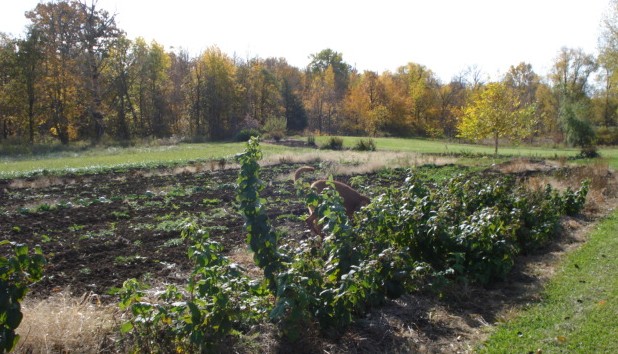
They are organic farmers growing thing like garlic, peppers, tomatoes, raspberries, corn and pumpkins for sale at local markets. The garden crops such as garlic and raspberries are the most profitable, but also (perhaps because) most labor intensive. Tomatoes are very much in demand early in the season, but as the bounty comes in it becomes almost difficult to give them away. Anybody who has grown tomatoes in a home garden is aware of this phenomenon.
Below – Ray & his bushhog
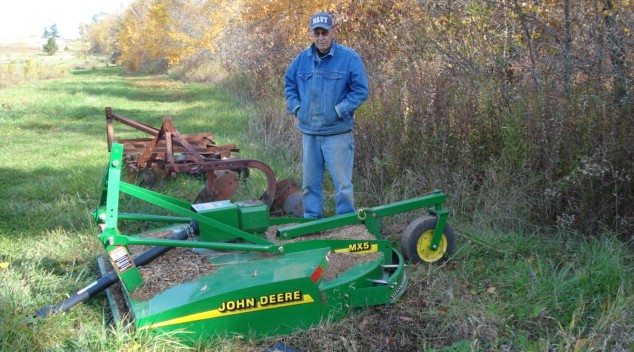
Ray follows a kind of three field system, like those used in the Middle Ages. Crops are rotated and one field is always resting, fallow or with cover crops that will be plowed under to restore the soil. Ray says that the chief activity of an organic farmer is keeping the weeds down all summer long.
Below is a game animal exhibit at Cabella’s
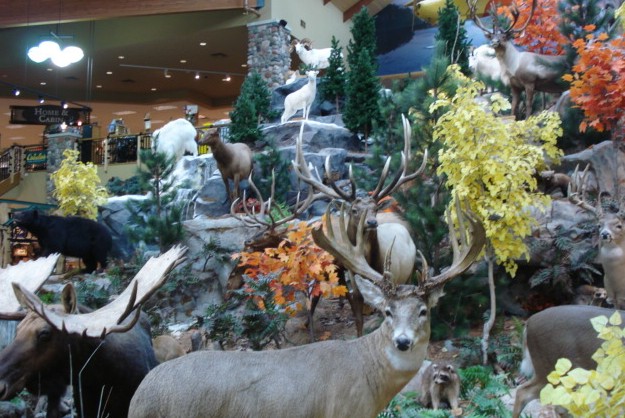
In winter he works in the woods. There are two reasons for this. The most obvious is that other work on the farm is diminished during the non-growing season. But another reason is lack of mosquitoes and biting flies that make the woods miserable when they are around. (A silly, but true story about my running comes from the same motivation. I liked to walk in the woods, but the mosquitoes made life unpleasant for me walking so I started to run. The mosquitoes find you by zeroing in on the CO2 you exhale. Running leaves it well behind you and the little nasties are chasing smoke.)
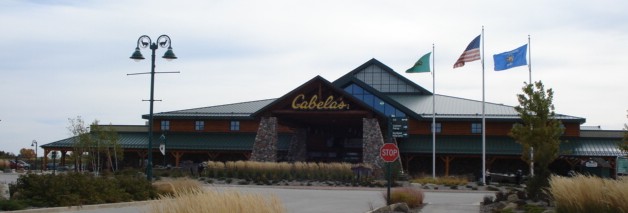
I enjoyed driving to his house up HWY 41. I used to go this way to get to Stevens Point and I have a history with the Kettle Moraine area. I had a camp nearby when I was ten years old. We learned all about the local glacier landforms, such as kettles, moraines, eskers and drumlins. I also used to ride my bike here a lot. It is hard on the legs. The moraines make it a roller coaster ride.
The moraines are the places where glaciers stopped. They come in series, like ripples, as the ice advanced or retreated. They call the most recent ice age the Wisconsin and you can see the most interesting landforms from that period right here north and west of Milwaukee. Most of Wisconsin was under glaciers until around 10,000 – 15,000 years ago, when global warming (it happened then too) melted them, but not all. Chrissy’s parents’ farm near Lacrosse is in what they call the driftless or the coolie region. That region was not glaciated in the last ice age, so it is rougher, but it was not spared the ice age experience. Coolies are long narrow valleys formed by the flow of glacial melt water. Fall is a beautiful time in all parts of Wisconsin.
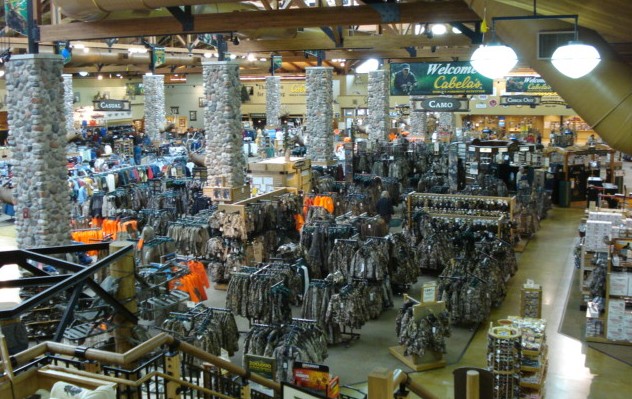
On the way home I stopped at Cabela’s at the junction of 41 and 43. Cabela’s is a more authentic store than LL Bean or Eddie Bauer, which have repositioned themselves as yuppie heavens these days. Cabela’s still celebrates the actual hunting, shooting, eating and stuffing of game animals. They sell everything from the cloths you need to be outside, to the rifles and bows to the meat processing equipment. Beyond that, the prices are very reasonable. I have shopped the catalogue but this is the first time I have been in one of the stores. It is almost like a vacation destination.
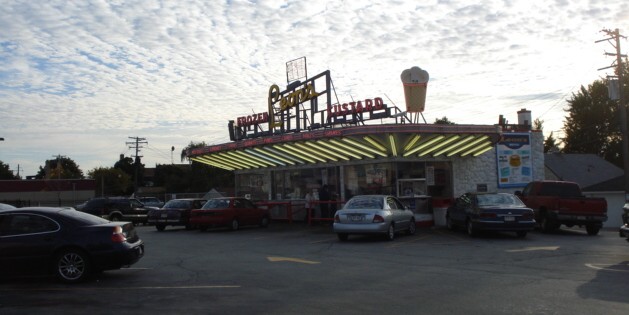
Above is Leon’s Custard. Milwaukee makes the best custard. It is better than ice cream and is made with cream and eggs. Leon’s was used in the movie “American Graffiti” and some outside views of Arnold’s in “Happy Days”. It is on 27th St (old Hwy 41) in Milwaukee.
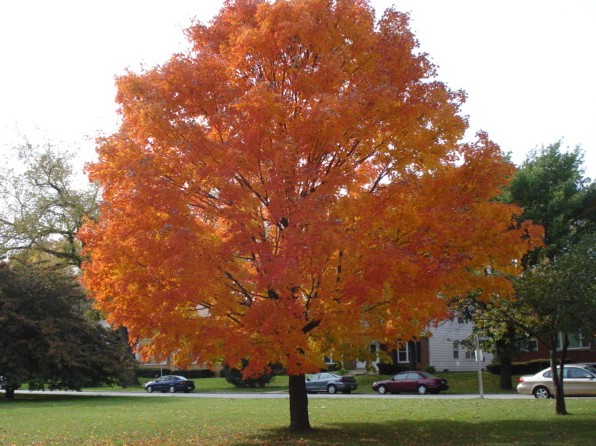
On the side is a sugar maple tree. I just cannot get enough of that beautiful color.
